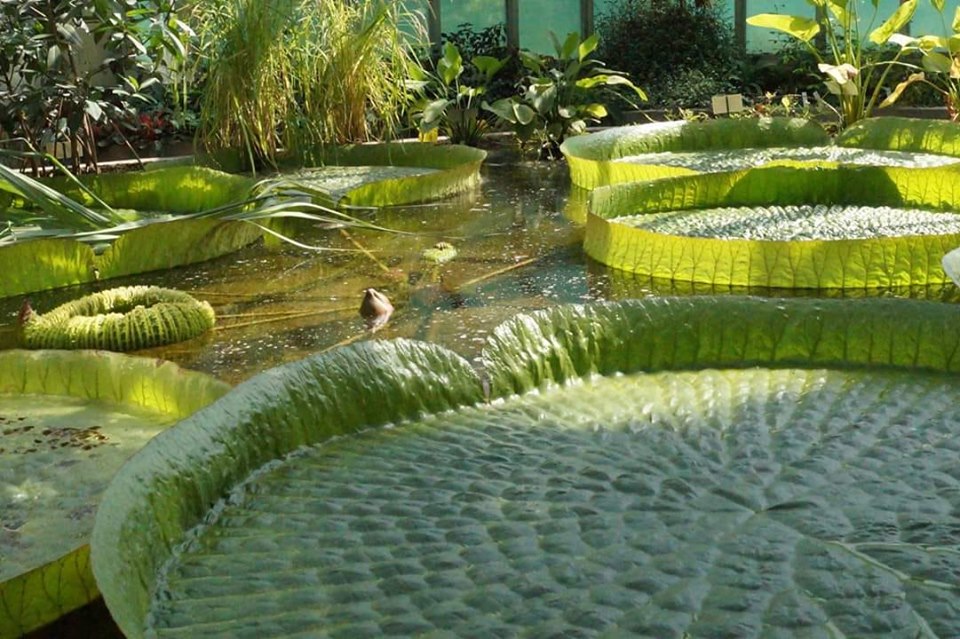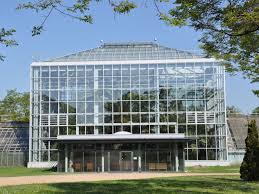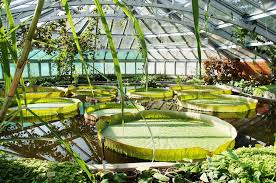The park was created by the industrial and collection plants Hermann Grosun, who died in 1895 his large-scale succulent collection and 100,000 Marks to the city of Magdeburg. The greenhouses were opened to the public in 1896, with the addition of a Victorian house in 1910. The park suffered serious damage in World War II, with almost all the glass, destroying the entire palm house. By the summer of 1945, however, the cactus and the brothel, as well as the tropical house, had been reopened. Other houses were gradually restored, with the reconstruction of the palm house in 1986.
Today the park has 10 exhibition halls (4000 square meters) with about 3,000 plant species of about 350 genera. The main groups are as follows:
House of cactus - 400 species of cactus, including a 150-year-old golden ball cactus (Echinocactus grusonii) named in honor of Groson.
Tropical houses - tropical plants including bananas, cocoa, guava, pepper, pineapple, rubber trees and sweet potatoes.
Victoria house - Victoria amazonica, as well as lotus, mimosa, rice, and cane.
House palm (height 16 meters) - many types of palm and bamboo giant.
Greenhouses - 400 species of bromelides, exotic birds and a dwarf palm tree.
Fern house, some more than 130 years, as well as cicadas.
Mediterranean House - Plants from the Mediterranean region, including camellia, citrus plants, fruit trees, laurel, and ace tree.
The facility contains aquariums and animal fanciers. The largest aquarium features a river landscape with a typical Elbe river. The groups also include the Nile crocodile, turtles and predatory predators.






